One of the banes of mobile photography is the inability to create smooth backgrounds and bokeh. The problem is a matter of physics — small sensors like the ones we have in our phones can’t produce a shallow depth of field.
Camera manufacturers came up with “portrait mode” to digitally fake it, but the AI only works somewhat well with simple backgrounds and high edge contrast. A wine glass against trees or wisps of flyaway hair, for example, will completely throw the AI off.
A better approach is an optical one: use an external lens. Lenses for mobile phones have been around for a while now but the quality hasn’t been all that remarkable until Sirui and Moment showed up on the scene with their excellent optics and engineering.
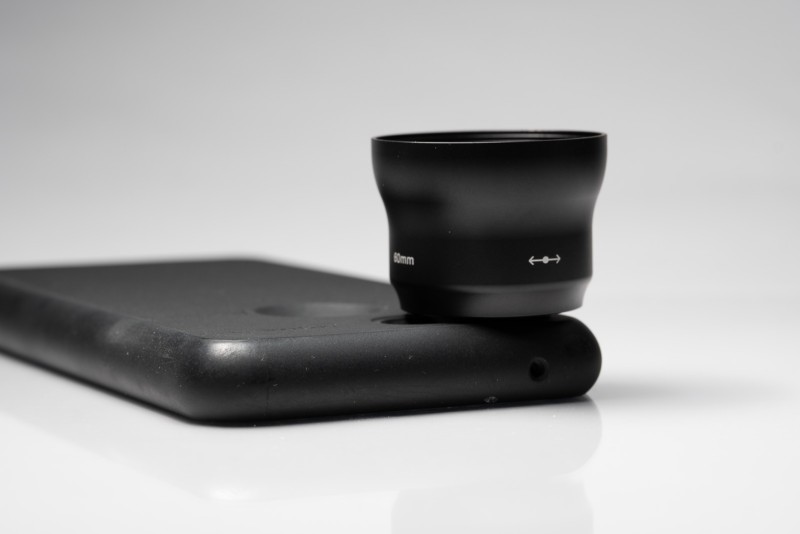
For this review, I’m going to put away my Sony a6500 and shoot LEGO with the Sirui portrait phone lens on my Pixel 3.
Telephoto vs Macro for LEGO photography
The Sirui portrait phone lens has a 60mm focal length which makes it a short telephoto lens. You might think it odd that I’m reviewing this lens instead of the macro lens that’s also available but there are a few advantages to shooting with a longer focal length for LEGO photography.
Sure, a macro lens will magnify a minifig better than a portrait lens, however, the less-than-one-inch working distance — the distance between the front of the lens and the subject — on the macro lens is too short to be practical. To focus on the minifig, you’d have to push your lens right up to it which means you’d not only be limited to fill-the-frame compositions, but you’d probably cast a shadow over the whole scene too.
Using a portrait lens gives you more working distance to compose, employ practical effects, and set up lighting without your phone getting dirty, wet or just in the way.
Telephoto vs Fixed Lens for LEGO photography
In terms of creative effect, the portrait lens can deliver a smoother background and bigger bokeh compared to the lenses on phones. Their narrower field of view has the effect of bringing the background closer than it is, and with that, enlarging out of focus regions (called “bokeh”) too.
Here are two shots I quickly took on my patio:
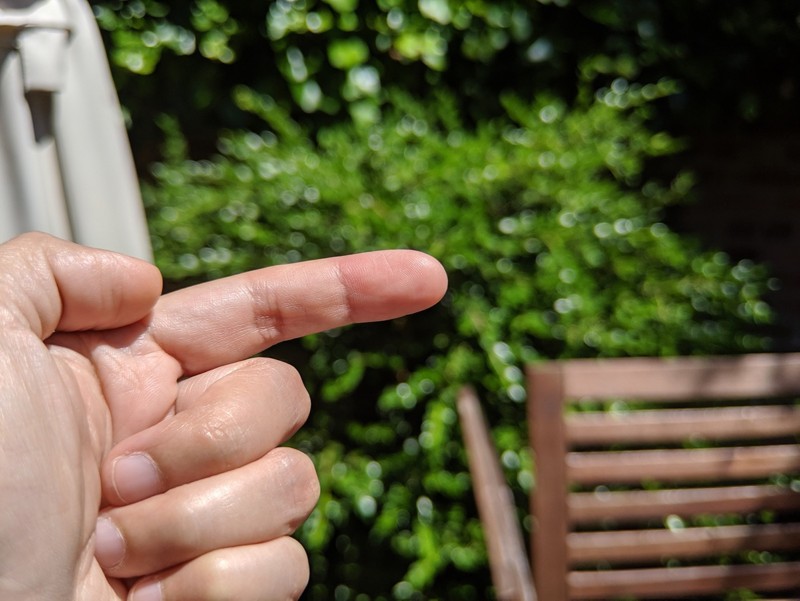
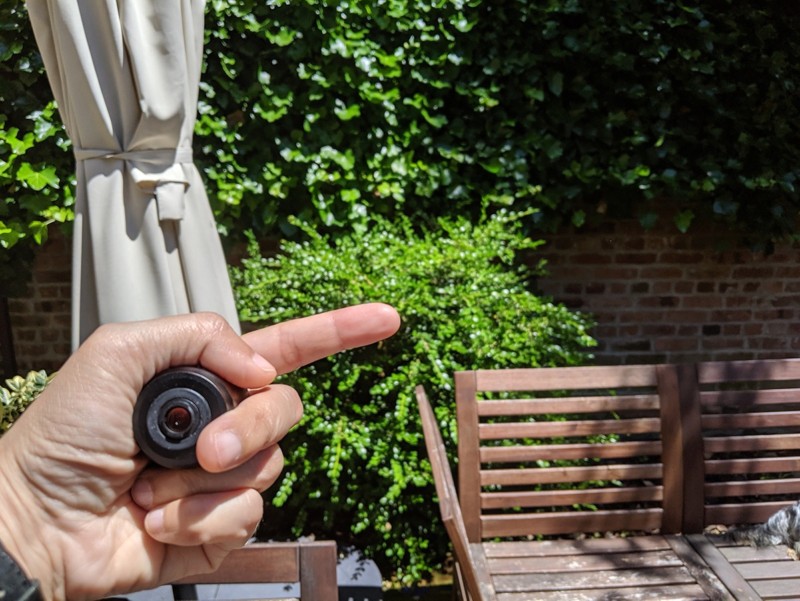
The most obvious difference is that the field of view is tighter in the second photo shot with the Sirui portrait lens. You’ll also notice that the background is more out of focus and the bokeh from the highlights in the bush are much more visible.
Here’s a comparison of those same two images except cropped to have similar framing and field of view:

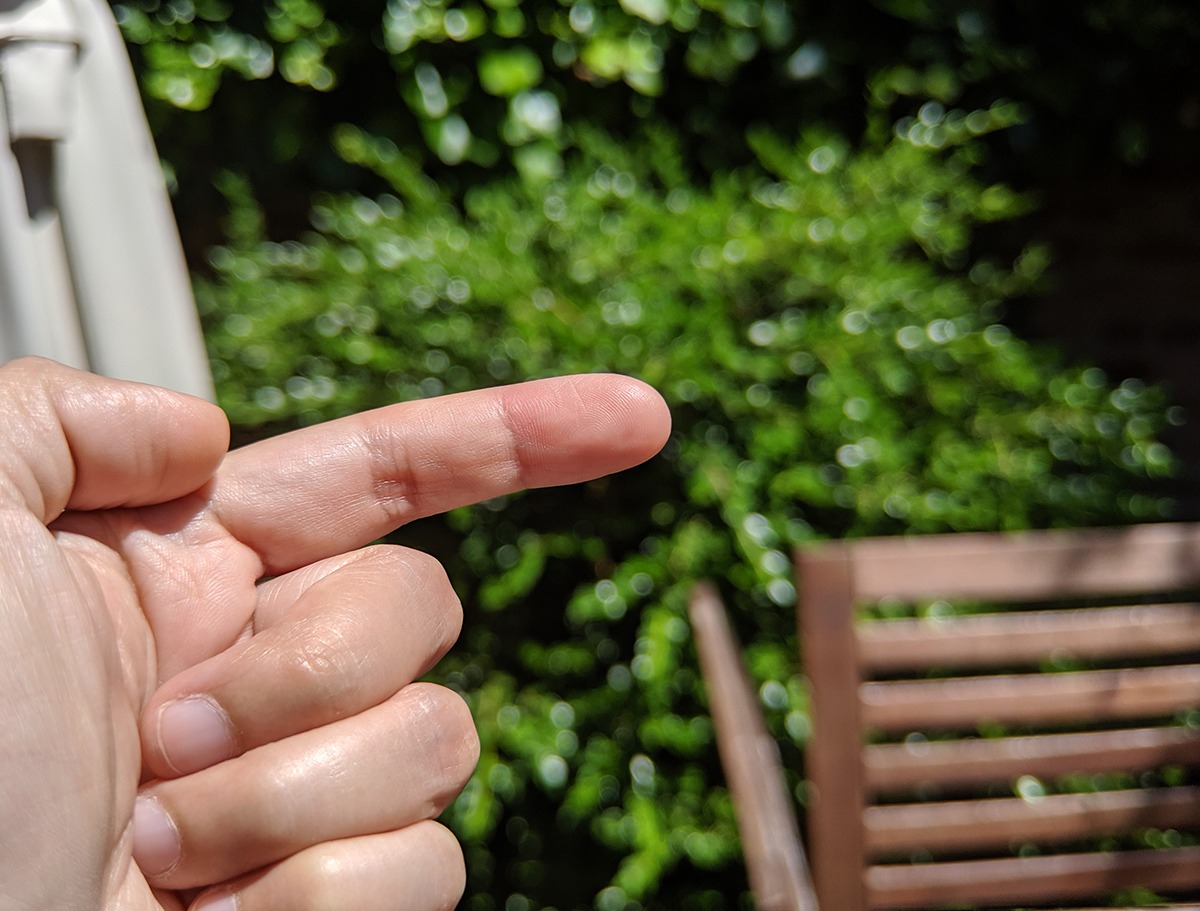
You can see the depth of field and bokeh effects more clearly. The blurriness of my finger in the before photo is just a result of my hastiness; the Sirui portrait lens didn’t magically improve sharpness when I put it on for the next shot. But the images are representative enough of the effects I wanted to demonstrate.
For the images below, I had my Pixel 3 on a tripod and simply took photos with and without the Sirui lens attached, not moving the tripod or set at all between shots:
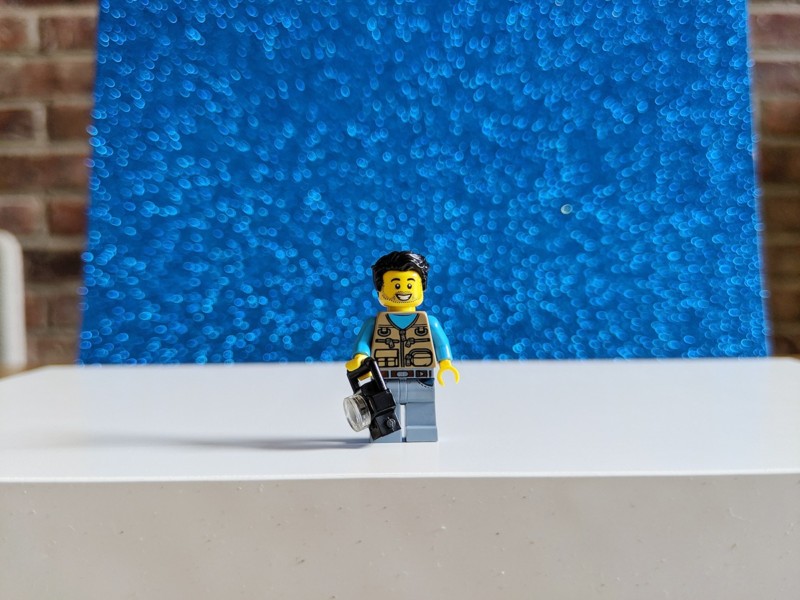
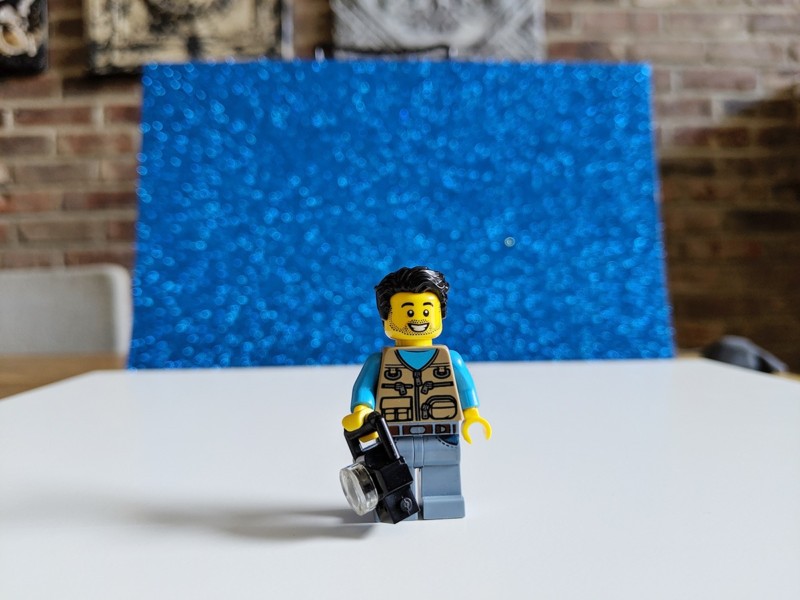
The first image taken with the Sirui portrait lens on has a much tighter field of view and the glitter background appears much bigger. The bokeh is punchier but also distorted everywhere but in the center. The perspective also shifted a bit to include more of the base of the white board.
These are the results when digitally zoomed in all the way, and moving the phone to try and achieve focus at the minimum focusing distance:
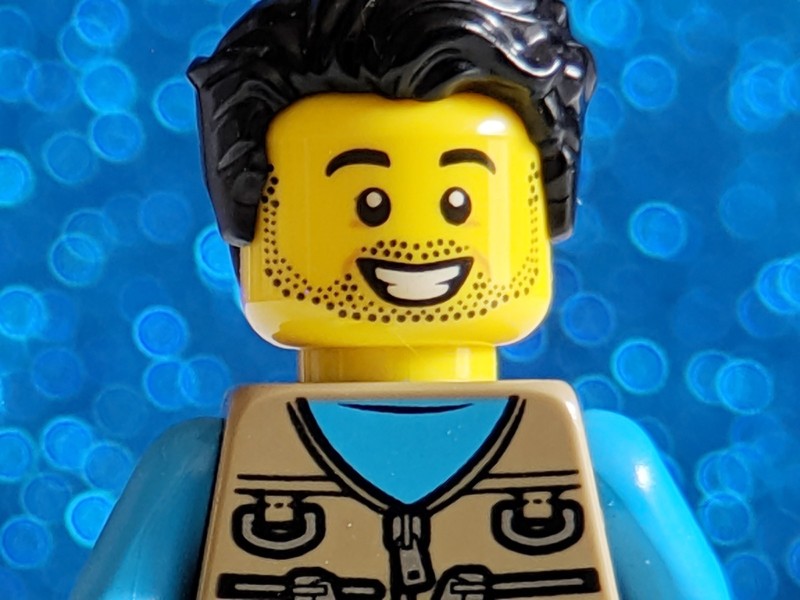
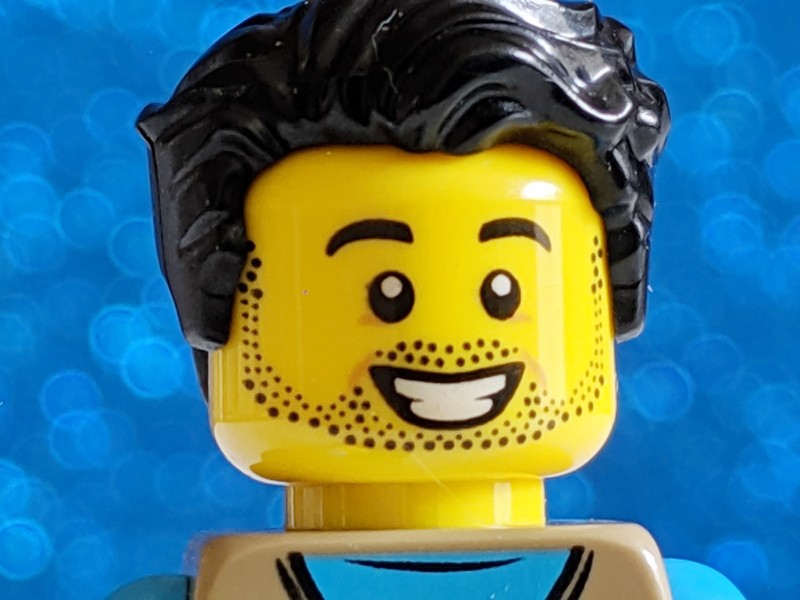
The two images are quite similar except the bokeh, again, is punchier in the shot taken with the Sirui. The pincushioning distortion isn’t as apparent when zoomed in this tight.
In this case, a macro lens would probably serve you better, but I don’t think it’s a common scenario to take extreme close-ups of minifigs like this.
Real use scenarios
Just for fun, I took a photo to see how the lens would perform in perhaps a more typical mobile LEGO shooting scenario outdoors with natural light:
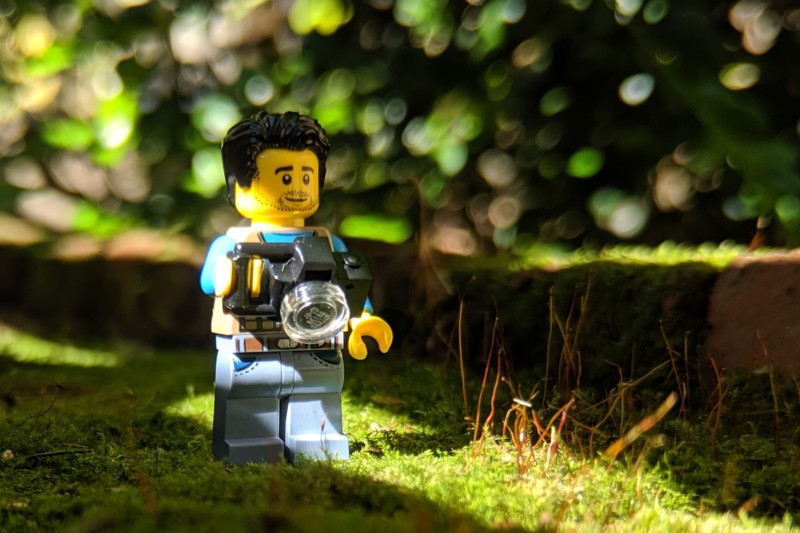
I like the weird bokeh on the blueberry bush. Had I shot this without the portrait lens on, those leaves would be much more in focus and distracting. Unfortunately, I couldn’t really see the screen since I had the phone on the ground so I didn’t notice that the phone missed focus on the minifig. Still, I like how the lens was able to soften the background.
To push it even more, I took a low-light photo against my trusty fiber optic lamp with Google’s Night Sight feature:
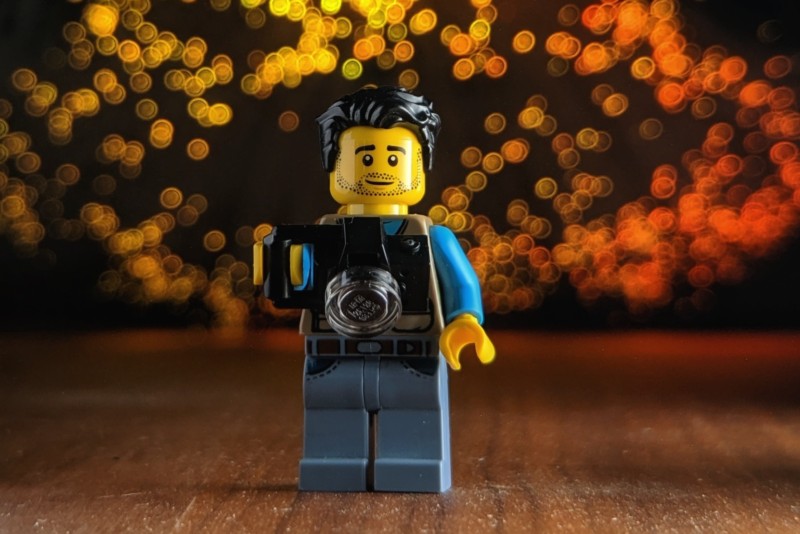
That turned out much better than I expected! Computational photography isn’t all bad after all. All hail AI! Just kidding.
The lens enlarged the background and created bokeh out of the tiny points of light at the end of the fiber optic strands. The minifig is sharp as expected from both the Pixel 3’s excellent camera and the Sirui lens. Of course, this was a much easier shot for me to take because I had the screen parallel to my face and I was much more deliberate. No guesswork with the focus as with the previous shot.
Both of these photos were cropped to get the framing I wanted. So even though the lens allowed me to compose more tightly, I still had to get rid of a lot of pixels to get the minifig to appear larger.
Conclusion
For mobile shooters, a portrait lens attachment offers a tighter field of view, the effect of a shallower depth of field, and more working distance but it does come with a pretty glaring fault: it greatly reduces the convenience of shooting with a phone in the first place.
The lens itself is a large protrusion so your phone won’t easily slip into your pocket. It also makes the phone top-heavy so you have to keep a better grip. The longer focal length means it’s easier to get camera shake so you might have to further burden yourself with a small tripod.
It’s a pretty big trade-off for phone photographers but if it helps get more creative LEGO shots, I say go for it.
The Sirui portrait lens comes in at $69 with a clip. The mounting case is optional.

Interesting thinking about the trade off you mention. I wouldnt carryva tripod around with me but if the nens clips to the case easily enough I can see that being ok to carry around in a separate pocket.
But there is a lot of time where I shoot at home with my phone on a tripod so the trade off there would be minimal. Definitely worth thinking about. Thanks!
I’m pretty particular about how I treat lenses so in my case, I twist off the portrait lens and place it into a microfiber cloth pouch. That process tends to introduce dust so then I am carefully wiping the lens as well.
All that slows me down and may make me reluctant to even put it on in the first place… but we’ve already established that I am a bit lazy with these things. 😉
Another thing I should note is that having a lens on your phone makes it top heavy so you need to be more mindful holding it while shooting.